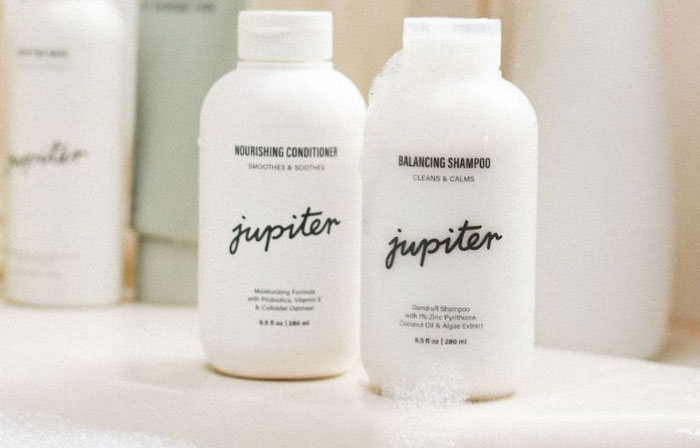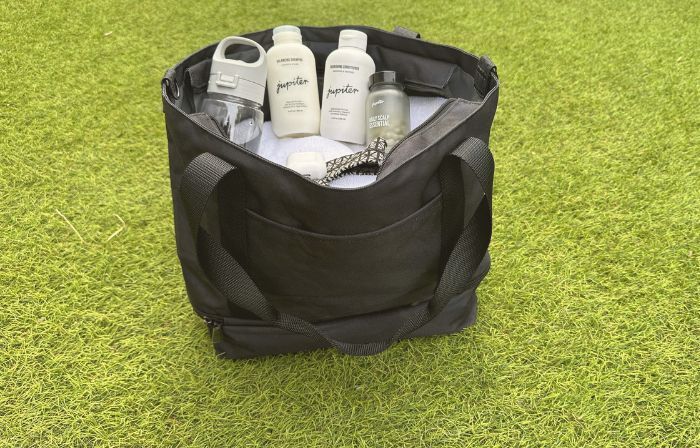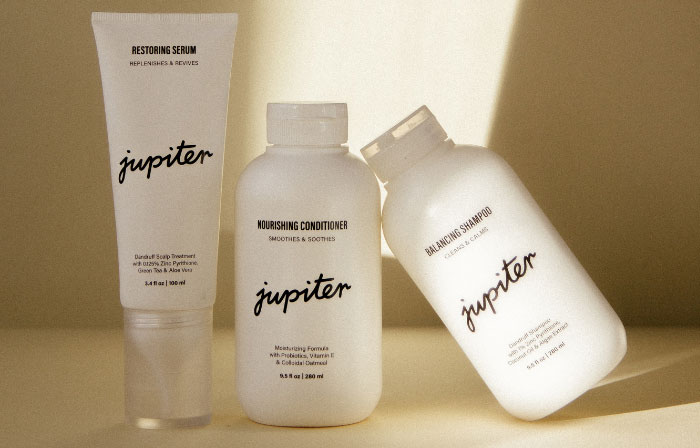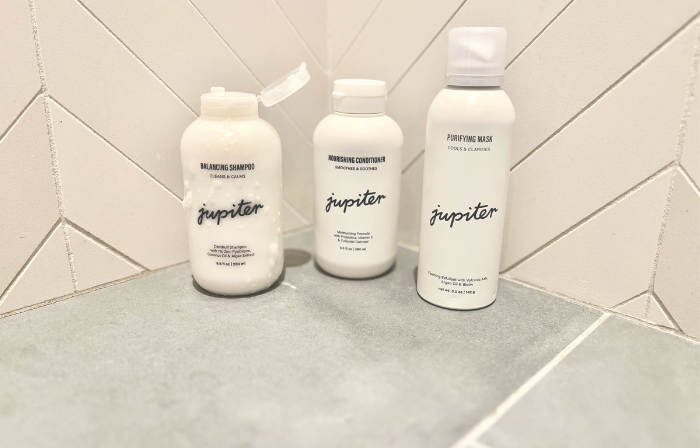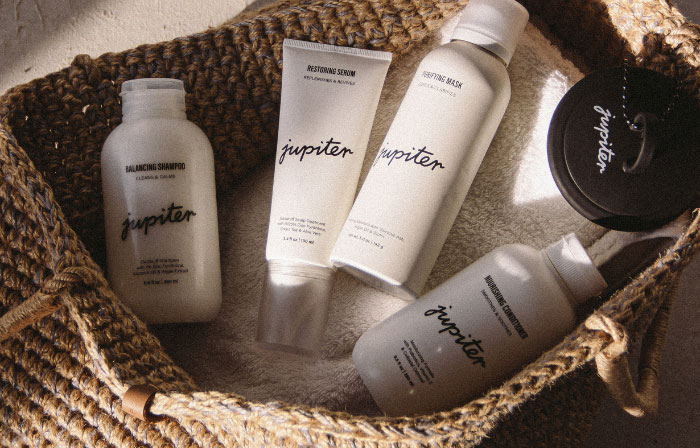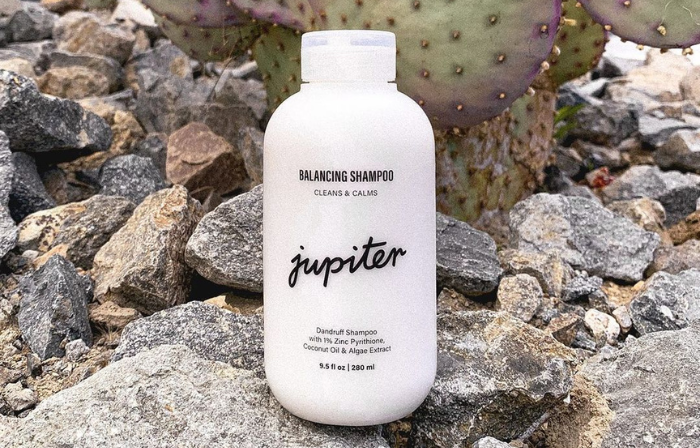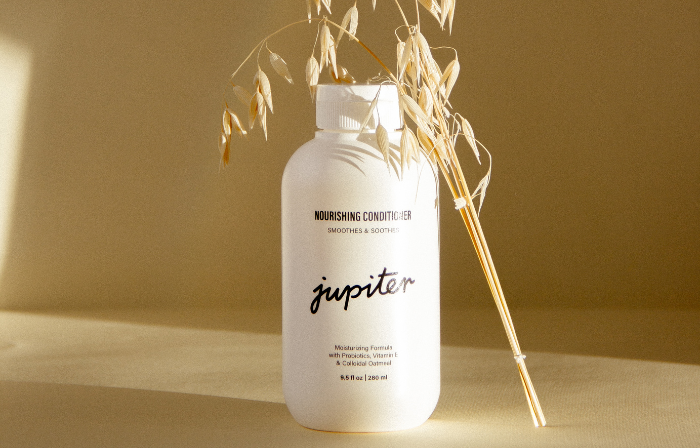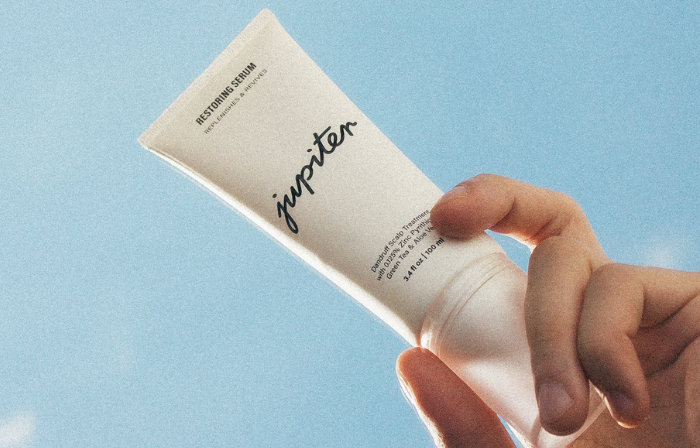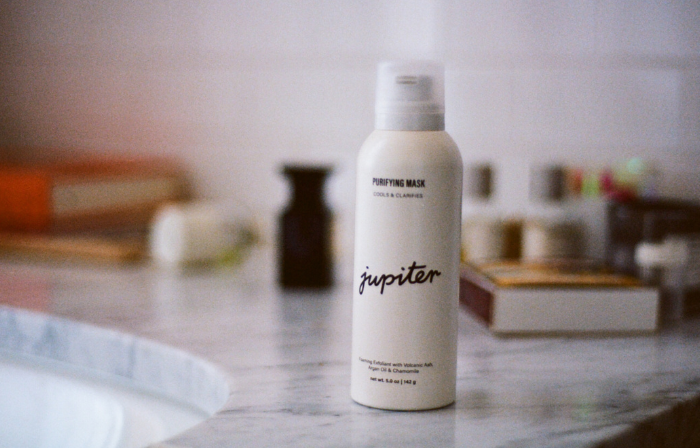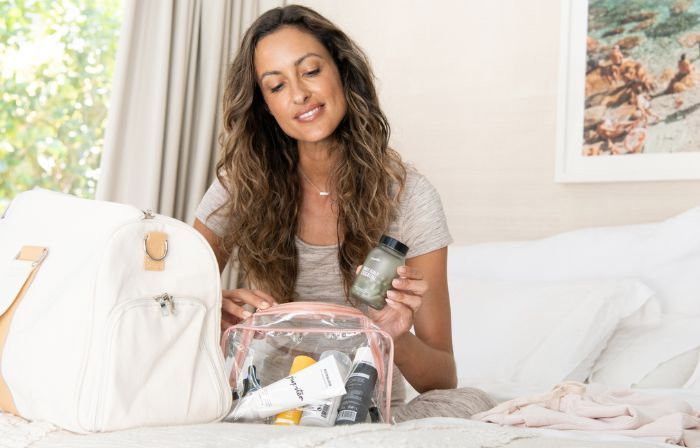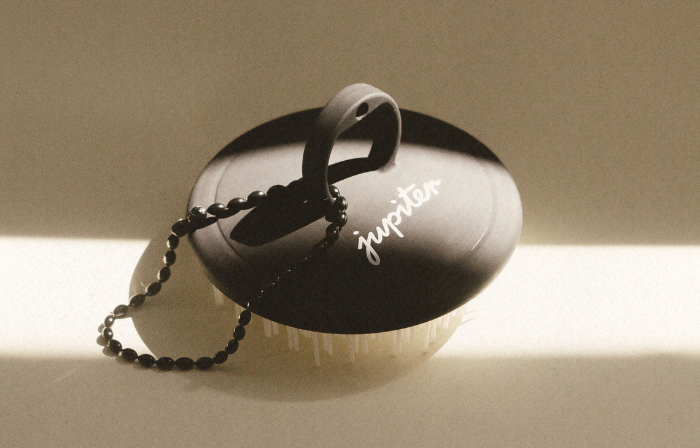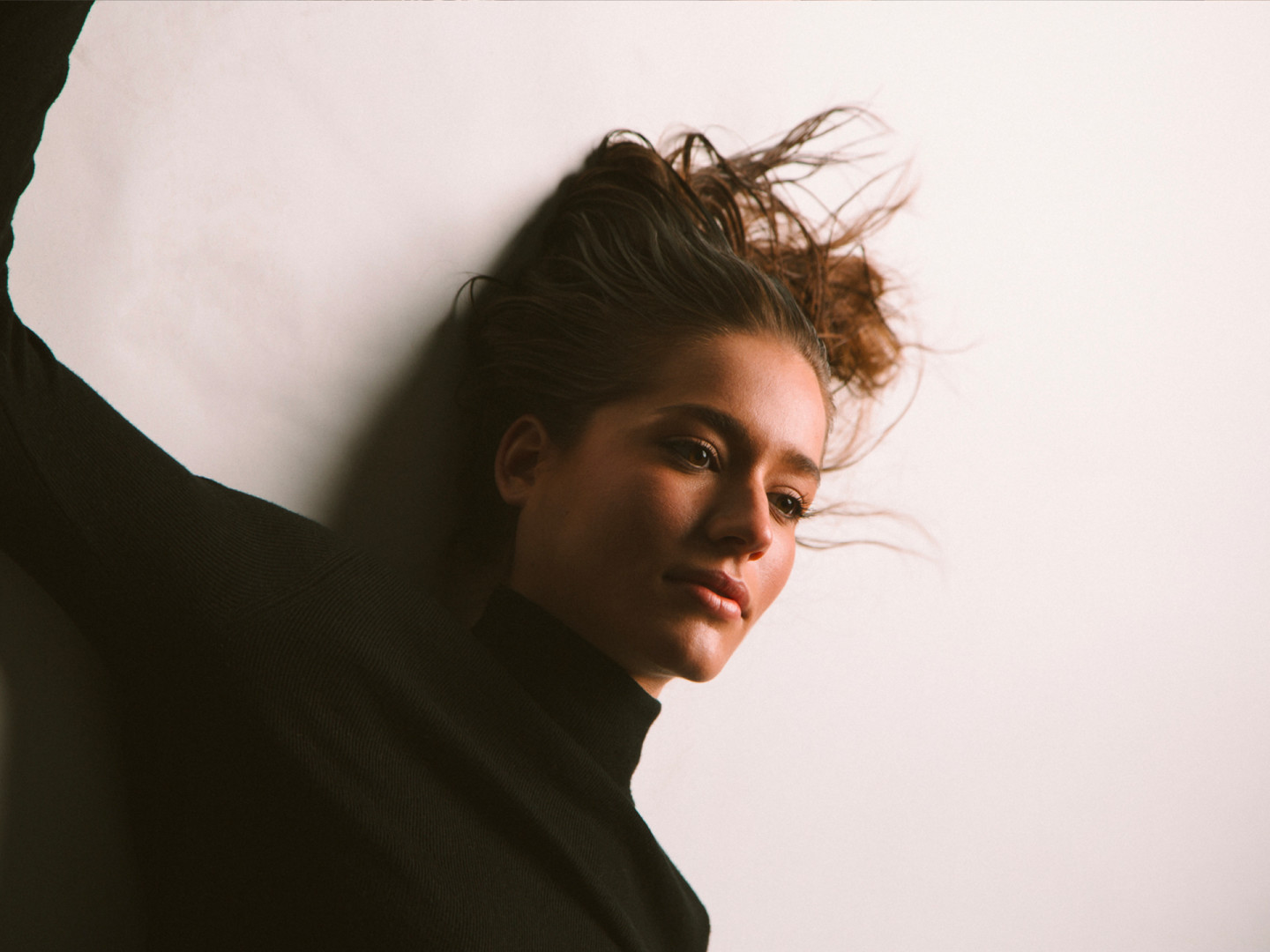🫶🏻 OUR 5% PLEDGE TO HER
#STRONGHERTHANYESTERDAY - WE DONATE 5% TO WOMEN-DRIVEN CHARITIES. LEARN MORE.
Scalp Microbiome: How It Works and Effective Treatments
Humans are complex organisms. So complex, even, that the average adult human is made up of over 100 trillion microbes - tiny single-celled organisms that form symbiotic relationships with larger, more sophisticated organisms. (Are we giving you a head rush yet?)
The billions and trillions of microbes combine to form a “microbiome,” which are found throughout our bodies - especially in our guts, stomachs, and skin. These are the habitats in which our microbes live. And, believe it or not, the health of our microbiomes determines how healthy we are as human beings.
Fascinating, isn’t it? Well, we’re only scratching the surface at this point. If you want to learn how your scalp microbiome affects your overall health, and how you can prevent common skin and scalp conditions like flaking, seborrheic dermatitis, and psoriasis, read on.
In this article, we’re going to take a deep dive into everything there is to know about the scalp microbiome and how you can “hack” it to maintain a healthy scalp and stay dandruff-free.
The Micro...What?
The scalp microbiome is a community of simple organisms that grow on the skin on top of your head. In this habitat, a diverse mix of bacteria must work together, and each do their part to contribute to your scalp health. If the delicate balance is thrown off, you can develop unfortunate skin conditions like flaking, itching, and irritation.
When your gut’s microbiome is thrown off balance, you can suffer from microbial conditions that cause diarrhea and constipation. Similarly, when your scalp’s microbiota are out of whack, you can develop rashes, flaking of the scalp, itchy skin, androgenetic alopecia, and more.
Don’t sweat it, it’s easy to take good care of your scalp and skin microbiome with the right set of products. However, sometimes you need a little extra effort to keep your scalp looking and feeling its best.
Dandruff and The Microbiome
Scientific studies have confirmed that dandruff and the scalp microbiome are intimately connected. In one 2018 research paper, the authors found that commensal bacterial species such as Malassezia, Propionibacterium acnes, and Staphylococcus epidermidis are the main bacteria associated with dandruff.
Even individual hair follicles have microbiomes. In a recent microbiology research study published in PLOS One, androgenetic alopecia (a form of hair loss in men) was linked to the bacteria found on hair follicles. Compared to healthy men, the participants with androgenetic alopecia had different bacterial cultures and species living in the middle and lower regions of their follicles.
Interestingly, the research subjects with androgenetic alopecia areata had the same species of yeast (Malassezia) as those with dandruff. Therefore, there appears to be a scientific link between dandruff and the bacteria that grow on the hair shaft and scalp.
Scalp Structure 101
Before we move any further, it’s important to flesh out what the scalp is and why its microbiome is important. Otherwise, it’s difficult to understand (let alone appreciate) what’s going on in your head and how the bacterial cultures that grow there relate to dandruff conditions like flaking, dry scalp, and oily scalp.
The scalp has, on average, about 100,000 hairs growing on it at any given time. The scalp is among the thickest skin on the body, with an average thickness of 8mm (compared to just 0.6mm for the eyelids!). Once men reach the age of 50, there’s a 50+ percent chance that they’ve suffered from hair loss on their scalp and dandruff.
The microbiota of the scalp is unlike any other mycobiome on the body, even the rest of your skin microbiota. Due to the high volume of vitamin-rich sebum production in the sebaceous glands and the unusually humid environment, the scalp gives rise to cutaneous bacteria, genomes, biofilm, pathogens, and microbes that aren’t found anywhere else.
The scalp ecosystem is a unique melting pot of various microorganisms. Below, we’ve listed a handful of the common little critters that you find on the surface of the scalp:
C. acnes
Staphylococcus epidermidis (s. epidermidis)
Malassezia restricta (m. restricta)
Malassezia globosa (m. globosa)
Propionibacterium
Lichen planopilaris
Malassezia spp.
Follicle Fungus
One of the few species you don’t want to show up on your scalp is the Malassezia species. These fungi are a type of yeast that grows on hair follicles. But, believe it or not, they also reside in the gut and are responsible for a range of disorders such as Crohn’s disease and irritable bowel syndrome (IDS).
If your scalp is infected with Malassezia, you probably already know about it by now. That’s because this type of yeast fungus causes intense itching and irritation across the skin barrier.
Want to find out how to fight follicle fungi? Your first line of defense is to wash your hair regularly with an antifungal dandruff shampoo containing Zinc Pyrithione. However, your diet is another significant factor. You can keep harmful yeasts and fungi at bay by supplementing your diet with probiotics and prebiotics that promote the spread of good bacteria in your gut and on your scalp.
Bacterial Dandruff
A growing body of scientific research is unearthing the link between dandruff and the scalp microbiome. For instance, in the same 2018 study mentioned above, it was found that dandruff in 140 Indian women was associated with fungal and bacteria dysbiosis.
In other words, the diversity of species growing on the scalps of women with dandruff were fundamentally different from those in healthy women. The researchers in the study discovered that those with dandruff had a scalp microbiome that “showed a conspicuous enrichment of...amino acids, biotin, and other B-vitamins.”
The conclusions of the study hold that dandruff may play an important role in preserving the health of the scalp microbiome. In other words, though dandruff may seem annoying and embarrassing, your body is probably doing it for a good reason.
Little is known about the scientific causes of dandruff. However, recent studies have found that free fatty acids - oily byproducts leftover by Malassezia yeasts - may be the culprit. That’s why it’s crucial that you take steps to eliminate harmful yeasts and fungi from your scalp microbiome.
...when your scalp’s bacteria are out of whack, you can develop rashes, flaking of the scalp, itchy skin, androgenetic alopecia, and more.
Scalp Treatment: What To Do
So, you’ve come down with a bout of dry scalp, flaking, or a related dandruff condition that’s left your head itchy and uncomfortable. Chances are, there’s an underlying problem with your scalp microbiome. Fortunately, there are steps you can take to enhance the state of your scalp microbiome and relieve the symptoms of your condition.
Use a Proven Dandruff Shampoo
Extensive scientific research has proven that Zinc Pyrithione medicated shampoo is safe and effective for treating dandruff. By fighting off Malassezia yeast and increasing the natural levels of important minerals in your scalp, Zinc Pyrithione-based dandruff shampoos are a fast-acting and powerful way to rid yourself of dandruff flakes and restore health to your scalp microbiome. At Jupiter, our Balancing Shampoo contains Zinc Pyrithione to fight flakes and beautiful hair care ingredients like coconut oil and algae extract to soothe and cleanse your scalp.
Develop a Washing Routine
Believe it or not, many people neglect to wash their hair regularly. And, of course, this includes conditioning too. However, one of the best things you can do to protect your microbial communities and keep the bacterial microbiome on your scalp diverse and healthy is to wash the excess oil and dirt out of your hair regularly.
Whether you work in an office environment or in the great outdoors, your hair and scalp collect lots of pollen, dirt, and pollutants throughout the day. That’s why it’s so important to use a high-quality shampoo and conditioner. If not, your scalp can dry out, leading to dandruff on the scalp and perhaps even hair loss.
Of course, it’s also possible to over-wash your hair. Give your lovely locks at least 24 hours to re-moisturize between washes. Otherwise, you might rid your scalp of natural cleaning agents such as hyaluronic acid and prevent hair growth.
Be Cautious With Natural Remedies
There’s no need to go overboard with your scalp treatment regimen. Far too often we find that people treat their scalp with unnecessary and often ineffective products. At best, these products do nothing to benefit your scalp. At their worst, many natural home remedies for dry scalp can do considerable damage.
Over the past few years, many products have popped up on the market that are sold for the purpose of treating the scalp microbiome despite a lack of scientific evidence. These products include things like lemon juice, baking soda, and essential oils
While it’s true that these substances may help reduce symptoms of bad scalp health, such as itchiness and inflammation, they won’t reduce the spread of bad bacteria and harmful yeasts such as Malassezia as effectively as active ingredients such as Zinc Pyrithione. In other words, they don’t fully address the cause of the problem.
Don’t Forget to Exfoliate
Aside from washing and conditioning your hair, the next best thing you can do to protect your scalp microbiome is to exfoliate.
Sure, some sebum and natural oils on your scalp are important to flush out the gunk and dirt from your pores and hair follicles. However, if you let dead human skin cells accumulate for long enough, you can provide a breeding ground for bad bacteria to cultivate.
The trick is to exfoliate your scalp once or twice a week. This way, you can strike the fine balance between letting your scalp self-regulate and keeping good care of your scalp’s bacterial cultures. A scalp brush is a super comfortable and effective way to physically exfoliate and massage your scalp.
Take Your Scalp Health to the Next Level
We started Jupiter to deliver modern, effective, and beautiful products and content that gets your scalp in check. Made with effective, safe ingredients, Jupiter's dandruff and scalp care products were formulated to take your scalp health to the next level.
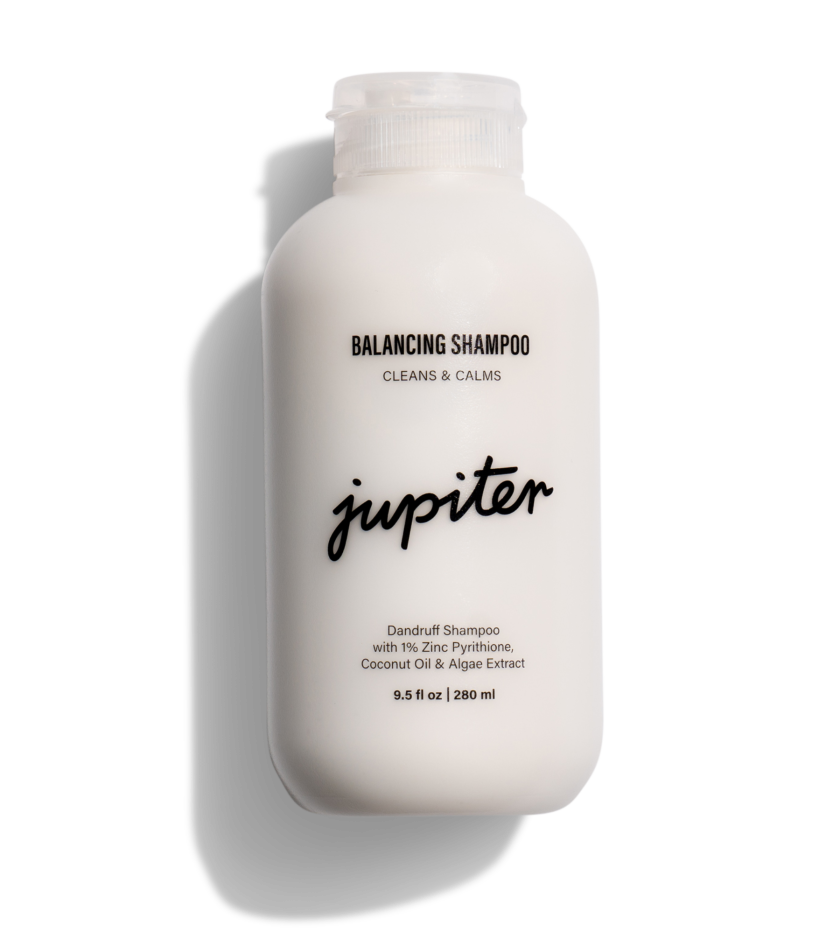
Meet our head honcho. This soothing multi-tasker gets to the root of flaking and irritation, thanks to our star active ingredient, Zinc Pyrithione. Backed by a lush aroma of mint, vanilla, rosemary, sage, tangerine, and lavender, it’s bound to elevate your mood, and your shower.
